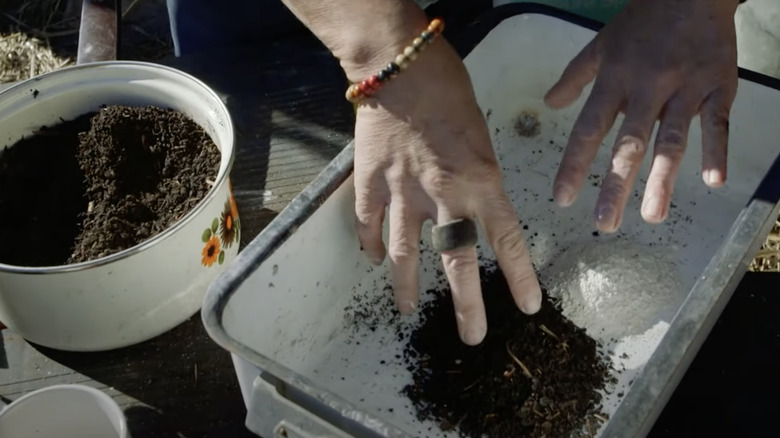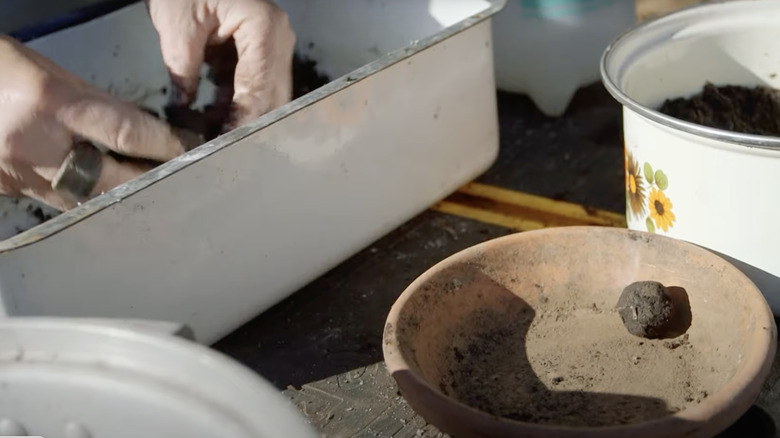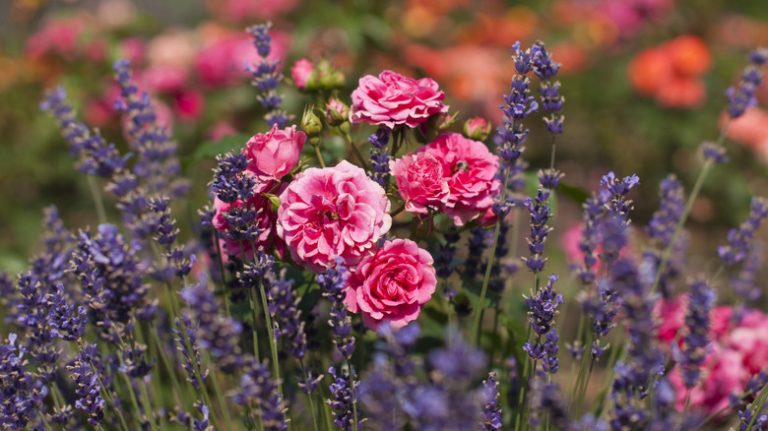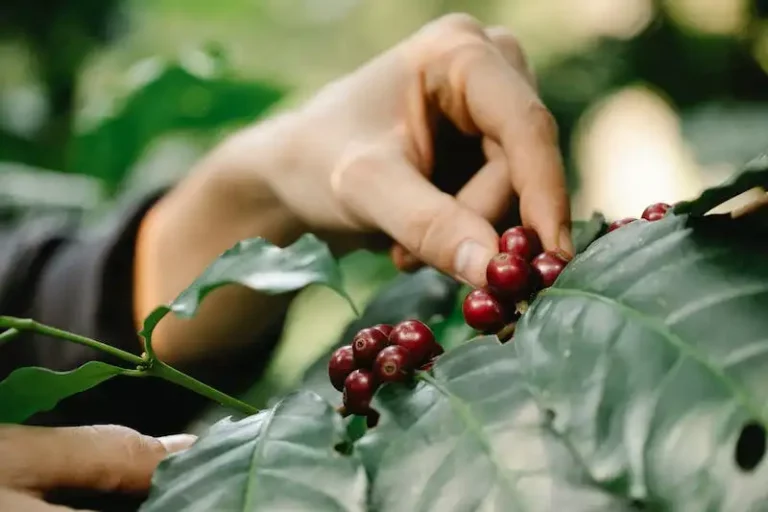Growing a garden takes time, dedication, and careful planning. If you have a green thumb, you’re likely to produce a successful, flourishing garden, but folks without a green thumb will have a more challenging time keeping their plants alive. However, planting seed bombs will make gardening so much easier and give you a gorgeous floral space without the hassle of digging or transplanting. If you’ve never heard of seed bombs, they’re ping-pong-ball-sized clay mounds with seeds and growing soil. When thrown on open dirt areas, and water washes over them, they disintegrate into the ground, planting the seeds further and growing beautiful wildflowers.
They were popularized by Masanobu Fukuoka, a Japanese microbiologist and farmer, in the 1930s when he scattered seed bombs around his farm to grow flowers where weeds grew. Seed bombs were also first used by guerrilla gardeners, who used public spaces to grow everything. Many folks still use the guerrilla method to grow wildflowers in construction zones, roadsides, and areas with weeds.
Seed bombs are effortless to make; you can DIY them at home alone or with friends or kids. They’re perfect for growing flowers in hard-to-reach places, creating an organized garden, and turning a barren area into a beautiful green space. You only need three ingredients to make them.
Materials and seed preference for making seed bombs

Gardening Australia/YouTube
DIYing seed bombs takes little effort, and it’s an exciting project to do. You’ll need flower seeds, potting soil, and airdry clay to make the seed bombs. You’ll also need a baking sheet, a bowl of water, and a food scale to help you get your clay, soil, and seed proportions right. It’s best to use flower seeds that are native to where you live and avoid using invasive species that will overtake your garden. The invasive species are best used for large public spaces like roadsides or construction zones. Since the land stretches out for miles, the flowers can cover as much ground as they want without being restricted by other plants or buildings.
Using native flower seeds in your backyard gives you more control over how many flowers you want grown. The native seeds will likely germinate quickly and efficiently since they work well with your climate and environment. If you used flower seeds from non-native areas, they would have a harder time growing. Other excellent seeds are pollinator varieties, such as marigolds, borage, or zinnias, to attract bees, butterflies, or birds to your garden. When choosing flower seeds, ensure you pick ones that will receive the proper amount of sunlight where they’re growing. You’ll want to mix a few different seeds to have a couple grow since they won’t all germinate.
Steps for DIYing seed bombs

Gardening Australia/YouTube
Once you have all of your materials, take them outside and place them on a workstation. This project can get messy, so making the seed bombs outdoors will prevent a cleanup inside. To begin, measure 4 ounces of airdry clay and flatten it into a circle. Add 1 ounce of potting soil to the clay’s surface, add a couple of drops of water, and knead everything together until it’s well combined. After mixing the clay and soil, roll it into a ball and add 1 ounce of seeds to the surface. You want to press the seeds lightly into the ball so they can easily be released into the soil when thrown. Finally, place the seed bombs on the baking sheet. Repeat the steps to make multiple seed bombs. Once you complete your desired seed bombs, allow them to dry for three to five days. Ensure they’re hardened before using them to prevent them from cracking or breaking.
When you’re ready to use the seed bombs, pick areas in your garden that are hard to reach or have sparse areas that need flowers. In addition, you want to choose a place that will get enough rainwater and sunlight. They should receive six to eight hours of sunlight a day. Throw a couple of seed bombs together in the same place to grow multiple flowers and have a flourishing garden.



